
“By failing to prepare, you are preparing to fail.”
― Benjamin Franklin
“Opportunity does not waste time with those who are unprepared.”
― Idowu Koyenikan, Wealth for All: Living a Life of Success at the Edge of Your Ability
The two quotes that appear above are, in the author’s opinion, excellent insights into the essential function that preparation plays in success. From the time we are young, most of us have the idea drilled into our heads that being prepared is one of the major keys to success in any activity we may choose to pursue. The same can be said of being prepared in terms of outdoor sports. The deer hunter will be quick to relate that bagging that monster buck in the fall is likely the culmination of many hours and days of preparation; planting and maintaining food plots, setting out trail cams, putting up tree stands, and the like. Likewise, the waterfowler will talk about the time spent rigging decoys, building and brushing blinds, and tuning calls that results in harvesting limits of ducks once the season rolls around. Trappers can attest to the fact that, in the sense that preparation is a prime determinant of success, trapping is no different than any other outdoor activity.

Photo by Dave Scifres.
In order to write this article, I thought I’d canvas some members of the Board of Directors of the Illinois Trappers Association to find out what some of them do to prepare for the season. In this way, I hope to provide a better look into the various activities in which trappers engage prior to the season to help ensure their fur sheds are full once the season ensues.
Out of all the responses I received, the primary conclusion that can be reached is that the trapping season never really ends. That is to say, once trappers reach the end of the season, most all of them immediately begin preparations for the next season. A common response to the question of, “What is one of the first things you do to prepare for the season?” runs along the lines of, “The first thing I do…which commences right after the season ends…is to clean and separate my traps into those that are good to go and those that need repair.” As one might expect, equipment used in freezing, wet, muddy, and otherwise nasty conditions can become damaged, rusty, or in need of repair. Thus, most trappers find it imperative to keep their traps in the best working order, possible. After all, a trapper with faulty traps won’t be putting much fur in the shed come winter. Therefore, though some respondents identified this as one of their least-favorite preseason activities, most trappers use the off-season to clean, repair, and modify traps to make sure they are ready to be put into use when the season starts. Repairing and modifying traps can be a big undertaking and often represents a very large preseason time investment.

One of the main steps to get traps ready for use involves dyeing and waxing them so that they are more camouflaged, water-resistant and operate smoothly. For trappers who employ more “traditional” methods, dyeing traps usually involves collecting black walnuts and boiling them in a vat or tub to create a dark dye. Then, traps are submerged in the dye until they take on the desired color. After dyeing, traps are dipped into a vat of hot wax and then hung up so that the extra wax drips off. This process can take several days depending on the number of traps processed. Though some trappers still enjoy using the “tried-and-true” method, development of compounds that can be mixed with boiling water or, in other cases, carbon-based fuels such as gasoline, have resulted in a much speedier dyeing process. Still, most of the trappers I surveyed claim that these steps take several days, at a minimum.
Another very important activity all respondents engage in is landowner contact. Trappers typically spend many days confirming access to trapping ground, whether that be in making sure they still have access to previous properties or knocking on doors and making phone calls in pursuit of obtaining permission on new areas. In some urban interface areas (read as suburbs), this process is even more critical, as urban expansion results in the annual loss of some trapping ground. This forces trappers in these areas to double their efforts to continually look for new land to trap. However, even in rural areas, ownership changes can happen at any time, dictating that trappers must stay vigilant in their landowner relations in order to maintain trapping ground. Many of the respondents claimed this activity takes days to several weeks of their pre-season preparation time and isn’t always their favorite thing to do. However, they also indicated that it is vitally important and can’t be neglected, especially since Illinois is over 90 percent privately-owned and the vast majority of trapping occurring in our state is conducted on private ground.

Photo by Dave Scifres.
A common response, as well as one that was often identified as a favorite activity, is gathering any needed items at annual trapper conventions. Many times, this involves purchasing lures, baits, gloves, skinning and fleshing knives, and any number of items a trapper might need for the upcoming season. Conventions are typically held from late spring until early fall, so trappers have ample opportunities to pick up anything they might be lacking. In addition, this period allows trappers to pick up new items that might help improve their results. Trappers tend to be a gregarious lot, so conventions and rendezvous also allow for plenty of trading of tips, tricks, and tall tales; most of which contain at least tidbits of wisdom that can help improve a trapper’s game.
As the season gets even closer, most trappers commence what, according to the majority of my respondents, is their favorite preseason activity, scouting. Trappers, like all outdoors folks, prefer to spend time in nature, so it is no surprise that this activity ranks so high on the list of favored preseason preparations. Additionally, trappers noted that the weather is typically very nice at this time of year (early-to-mid fall), making these undertakings even more enjoyable. There is a long list of tasks that fall under of the umbrella of scouting: ground-truthing aerial photos on new and old properties to confirm access points, walking creeks to dig bait cubby holes and pre-bait them, setting out trap anchor stakes and cables, among them. Though these tasks can sometimes be arduous, experienced trappers strongly maintain that the hours and days spent on these activities before the season will pay great dividends. Most respondents said scouting and the various tasks that comprise this aspect can stretch out over several weeks to even a month’s worth of time, or more. Typically, scouting and its associated preparations run right up until the start of the season, so, once scouting is completed, trappers are ready to hit the trap line once opening day arrives.

I hope this brief accounting of trapper preparations has given an insight into what trappers go through to be prepared for the season. While everyone is different in how they approach these aspects, all trappers must deal with them, regardless of if they are a “favored” activity or not. Any trapper with a few seasons under their belt will testify to the fact that being prepared is truly the only way to make sure the season gets off to a good start.
Tim Kelley is a District Wildlife Biologist with the Illinois Department of Natural Resources, Division of Wildlife Resources.






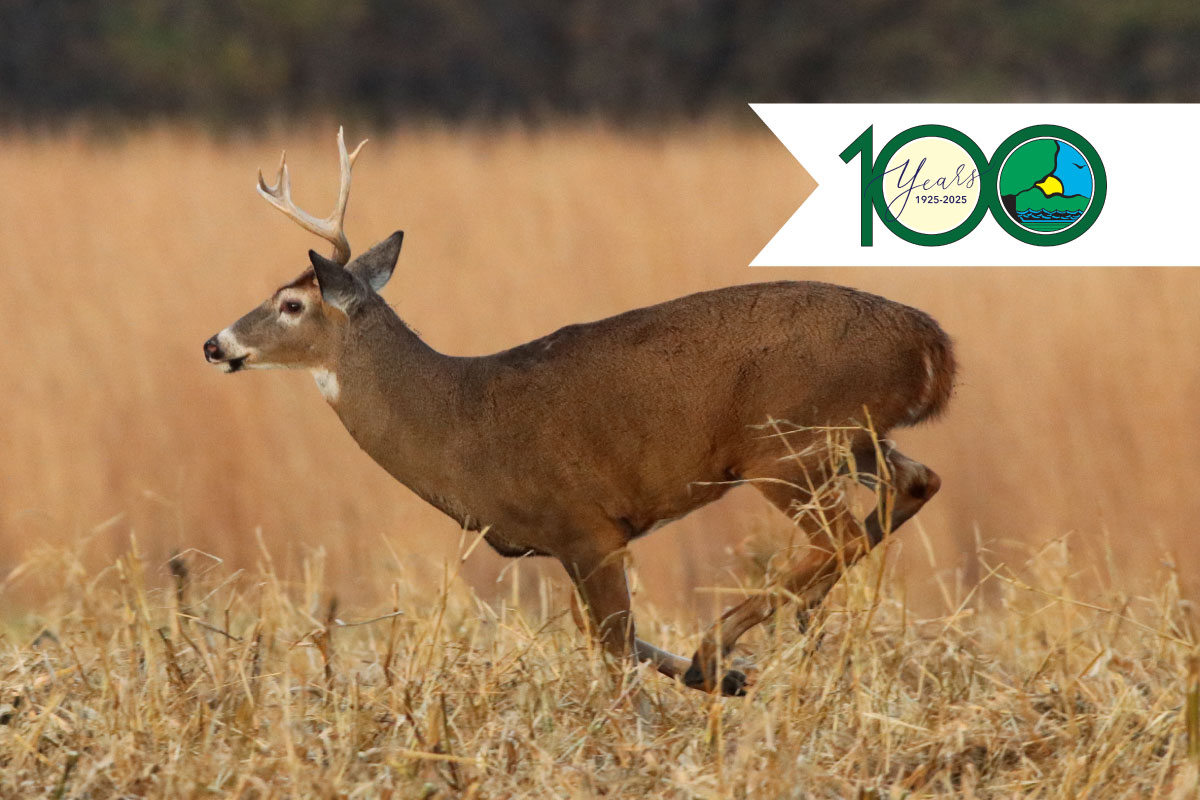
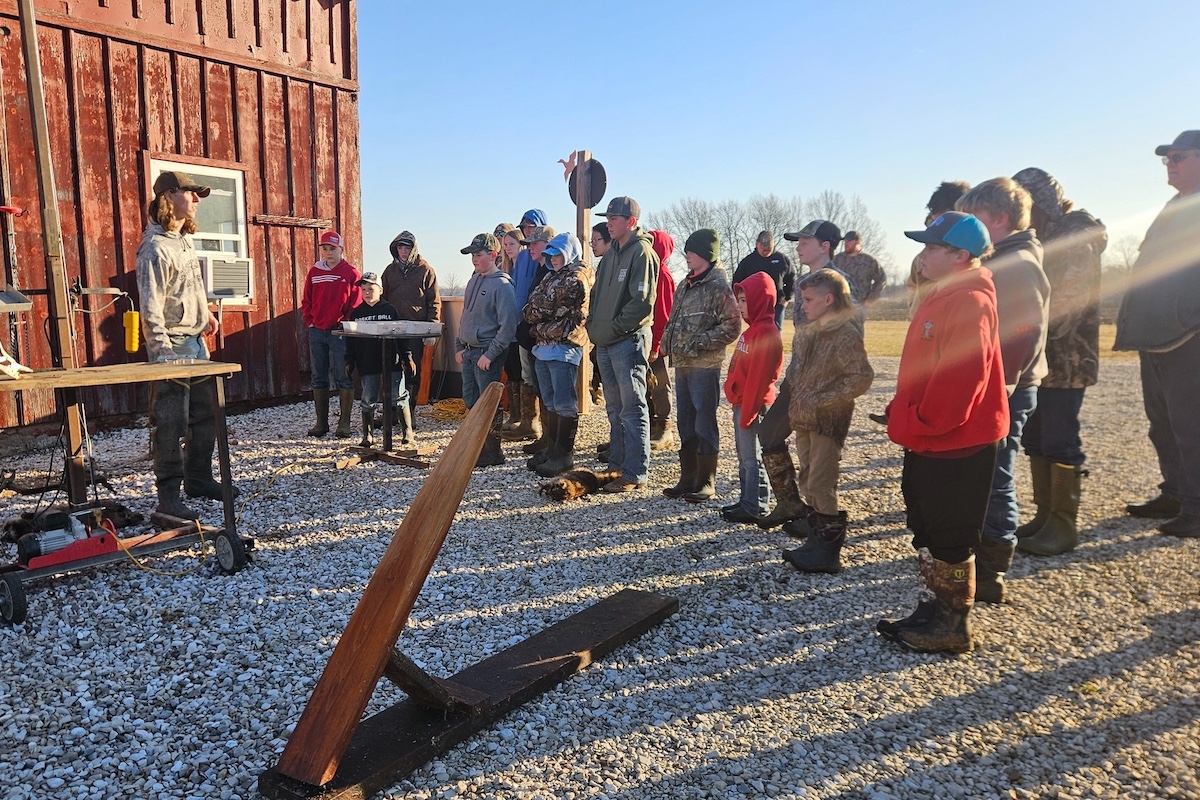
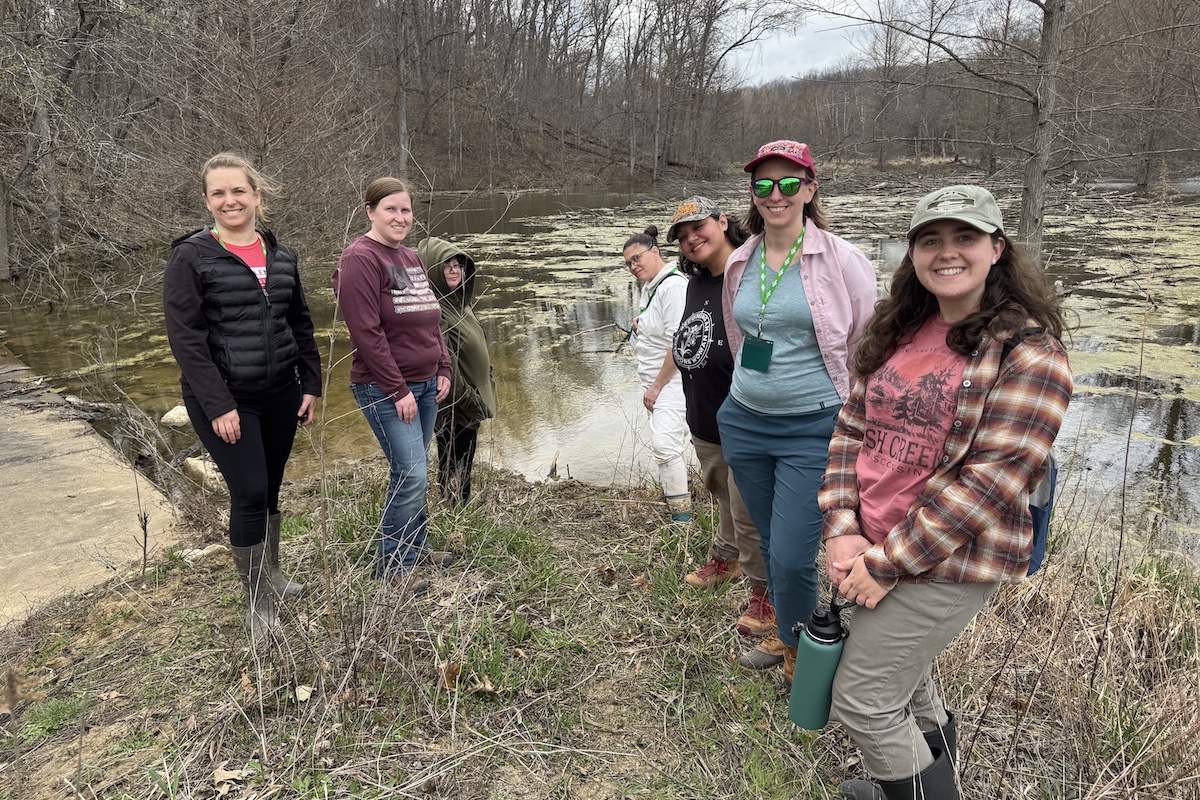
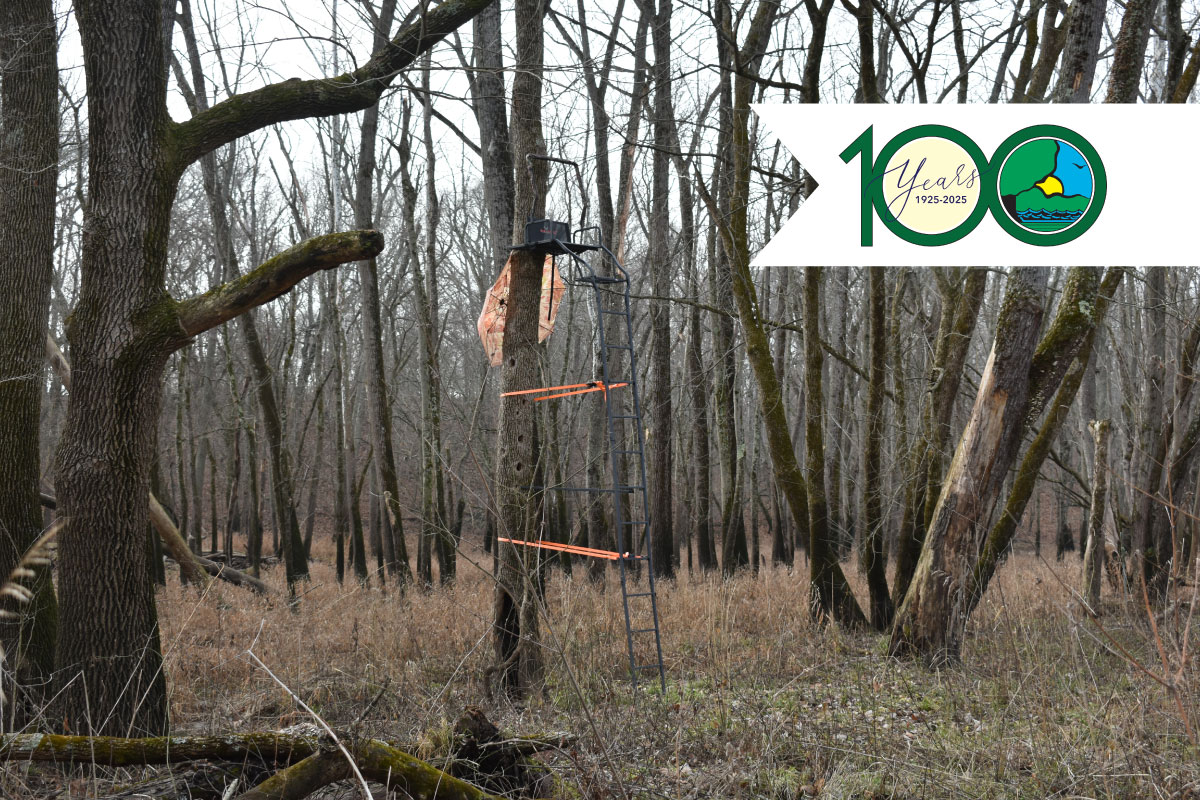
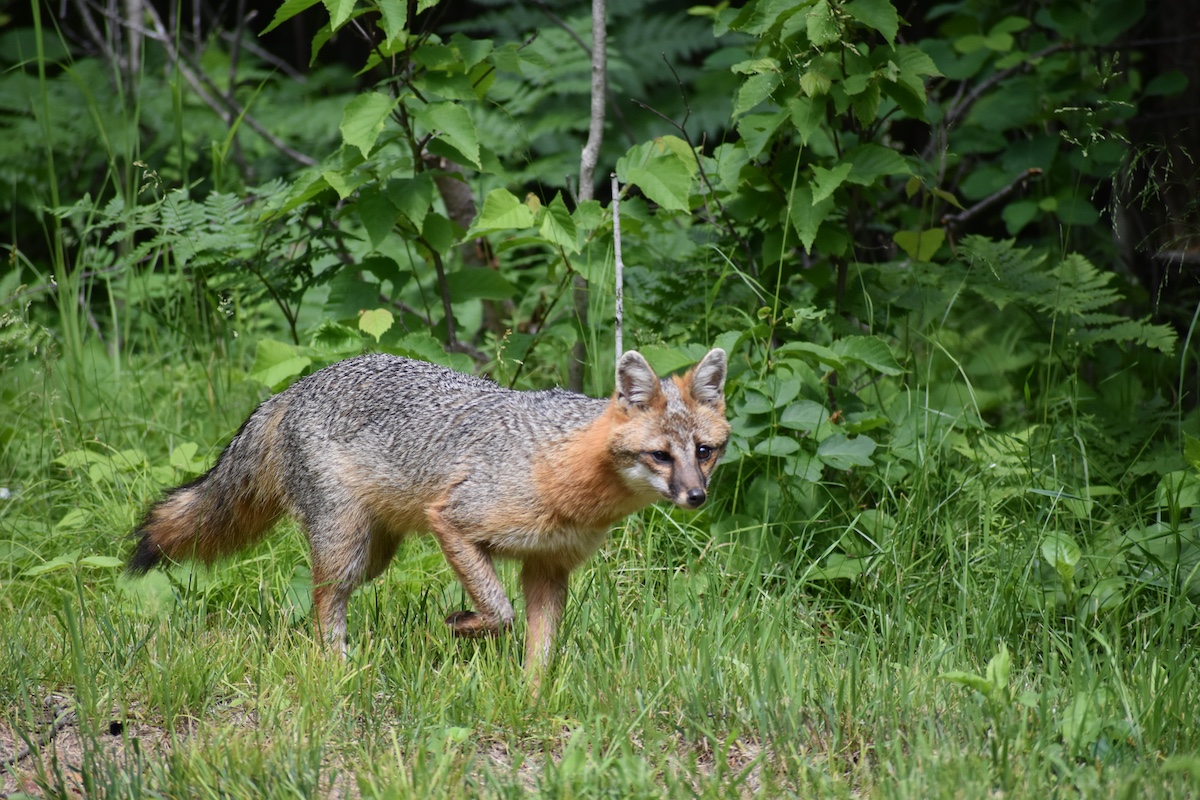
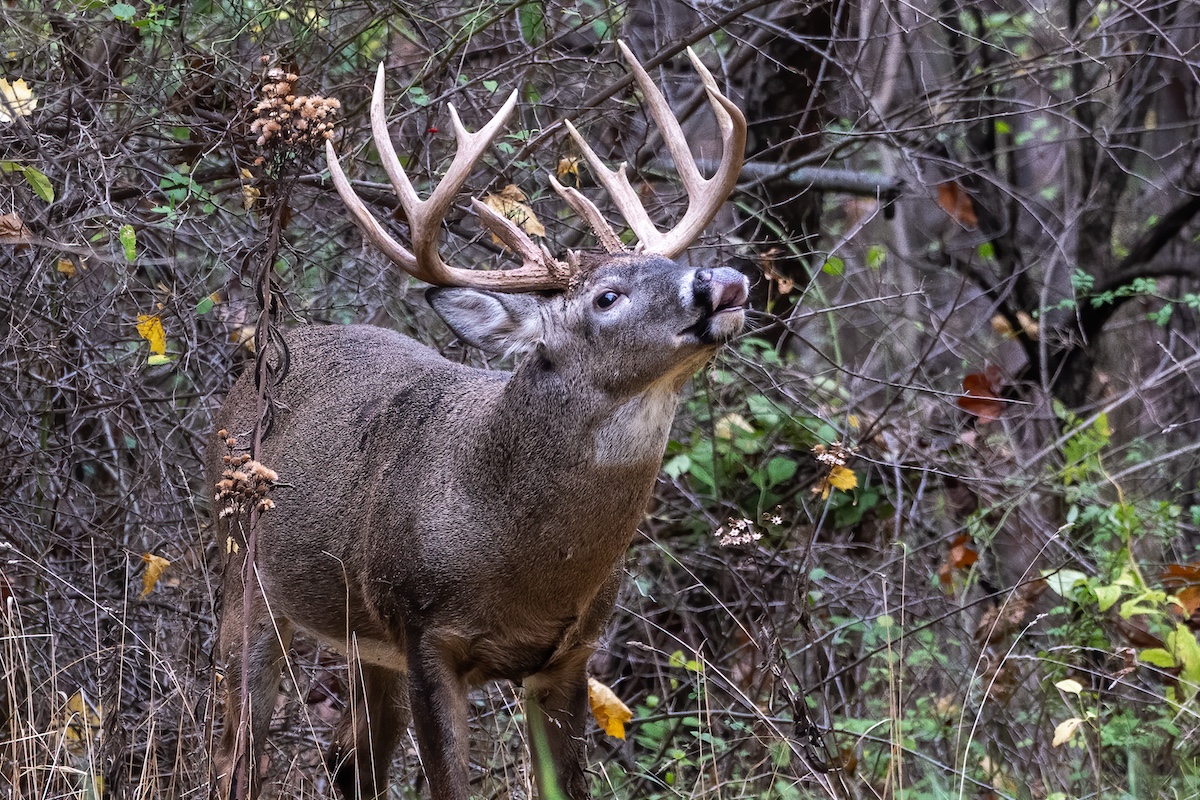
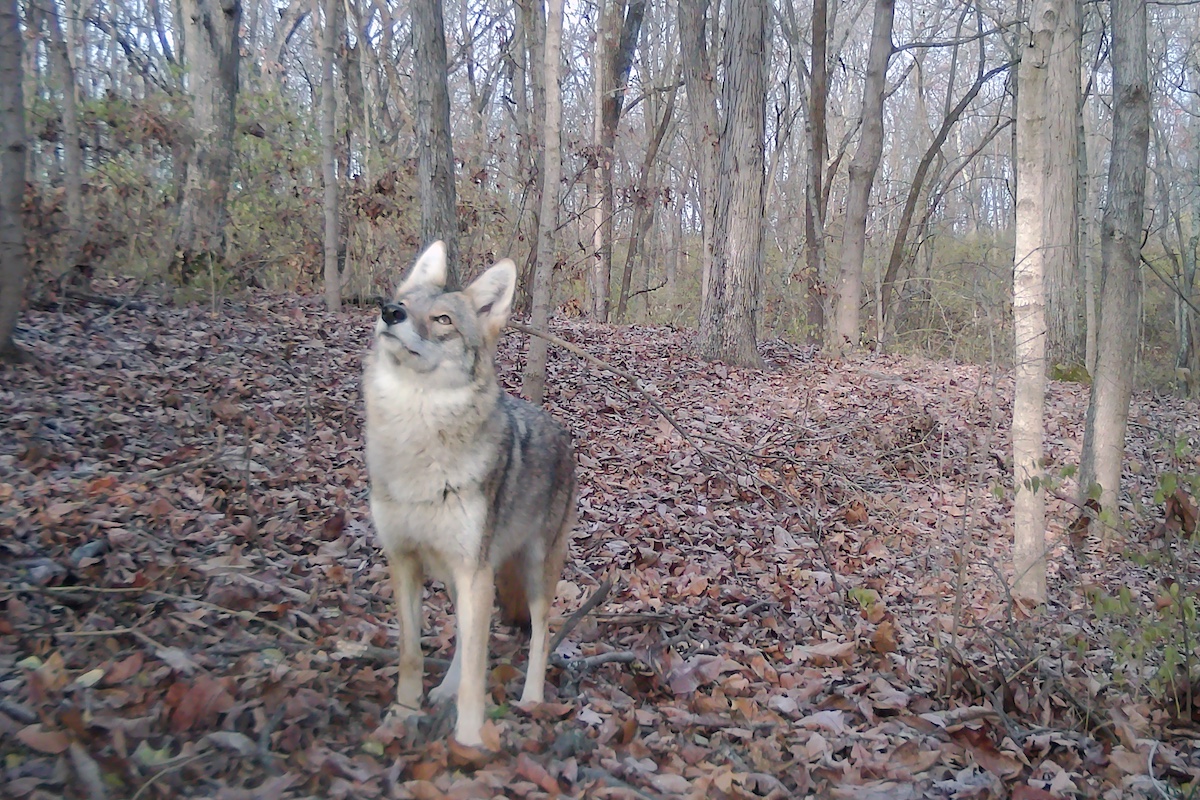
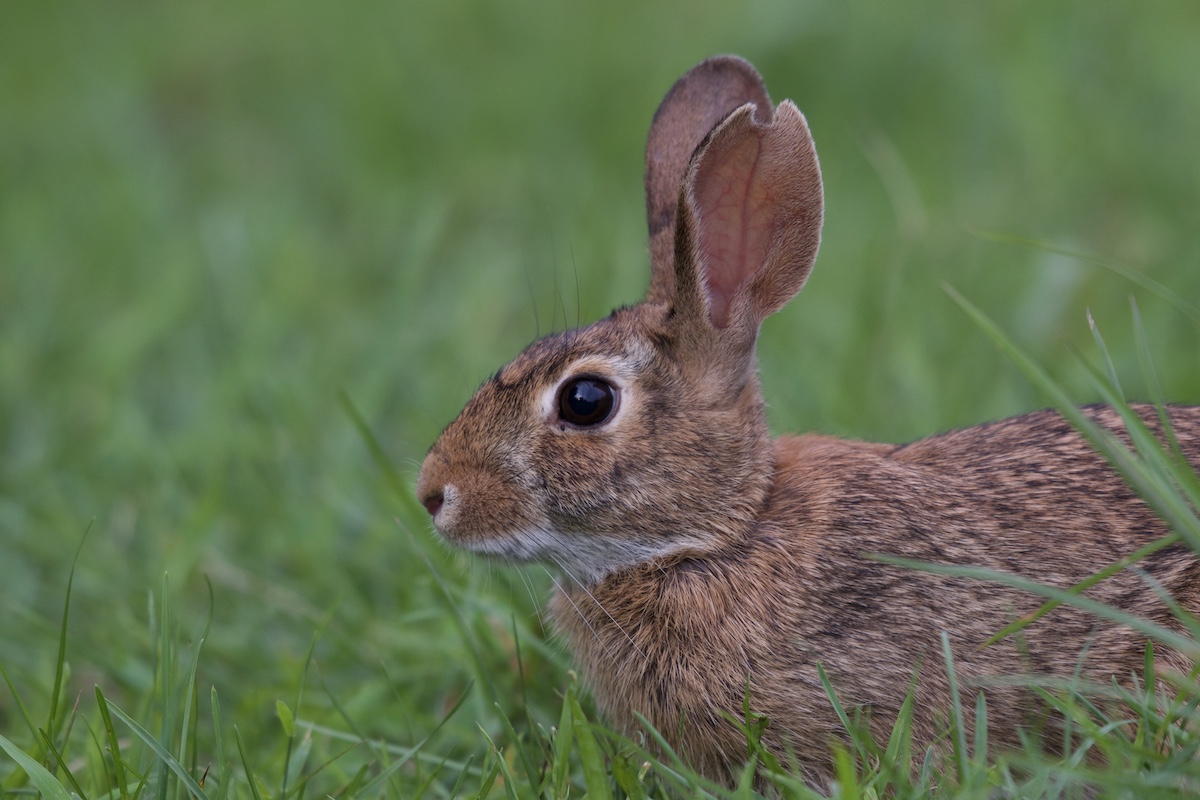
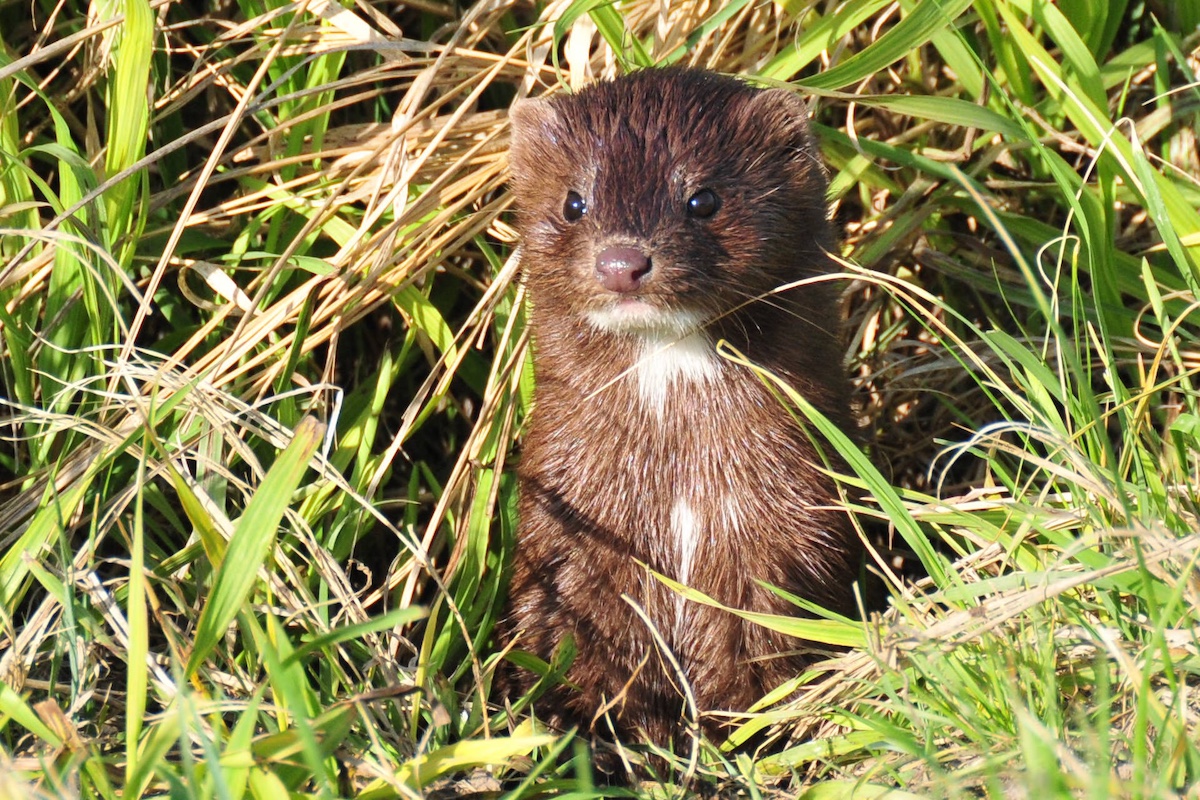
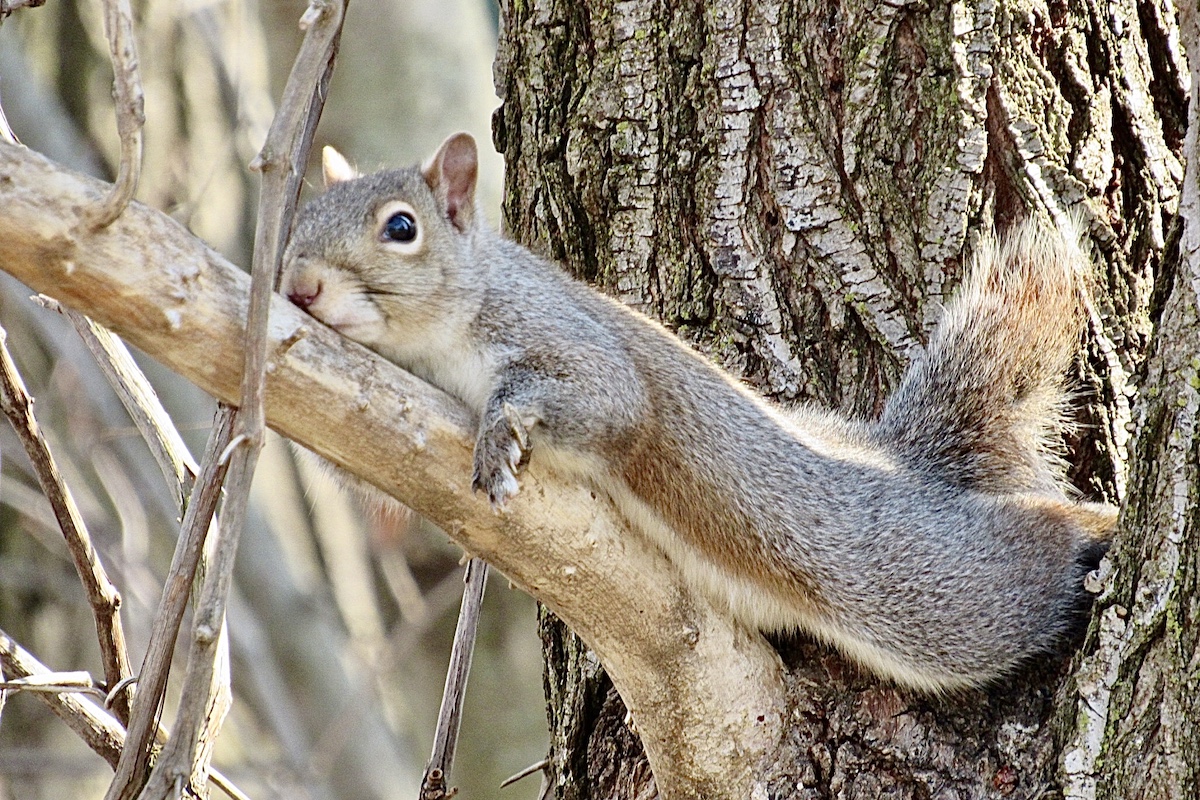
Submit a question for the author